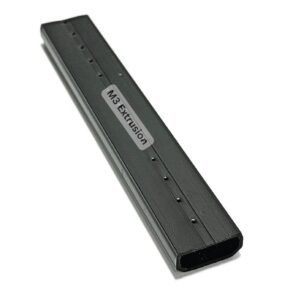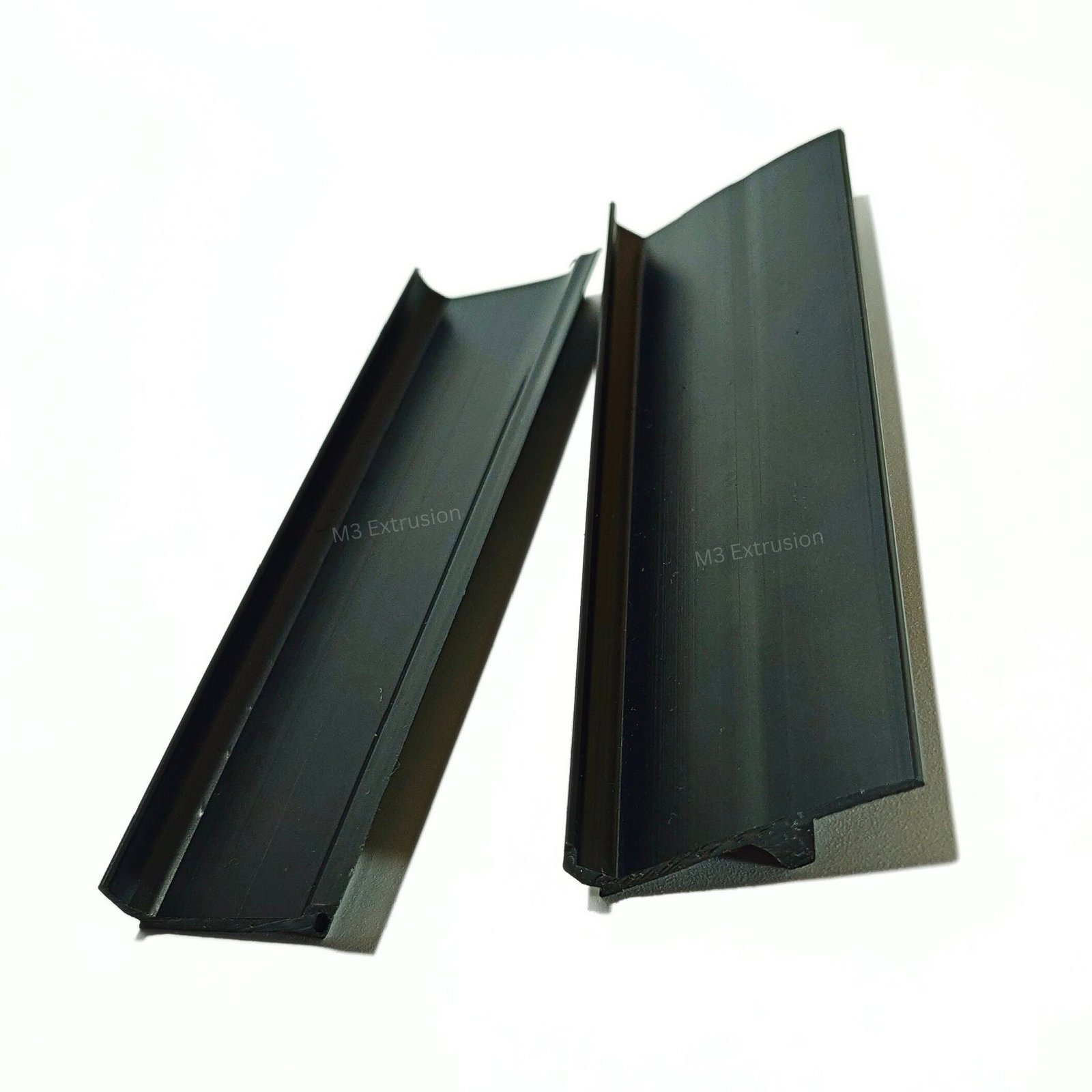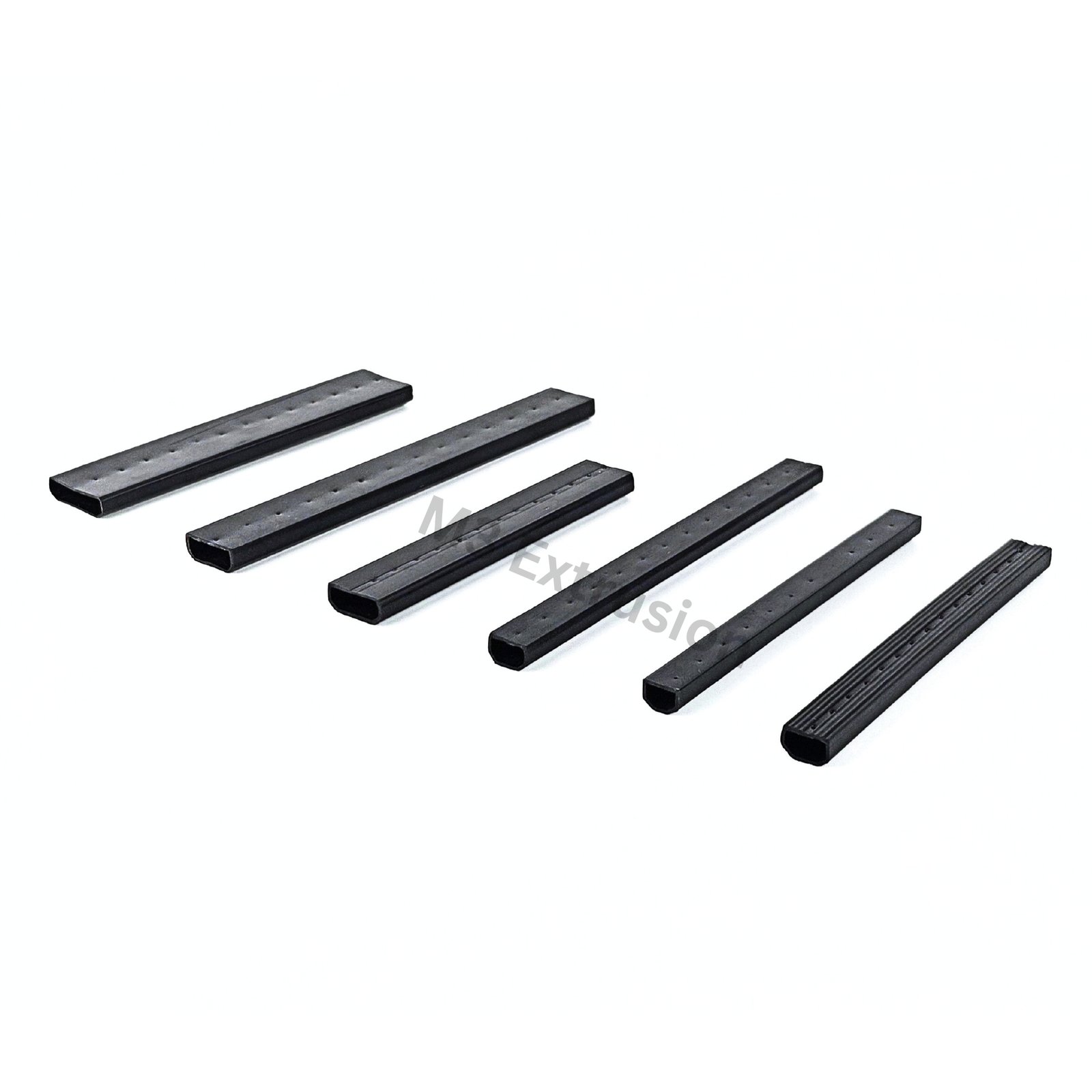Energy efficiency and cost savings are two of the most important considerations in modern construction. Among the many components that help achieve these goals, the warm edge spacer in India is gaining attention for its ability to improve thermal performance in windows and buildings. By reducing energy loss and enhancing comfort, these spacers contribute not only to sustainability but also to long-term financial savings for property owners.

Why Warm Edge Spacers Matter in Modern Buildings
Windows are often the weakest point in a building’s insulation. Traditional aluminium spacers used in double or triple glazing can transfer heat and cold quickly, leading to higher energy bills. Warm edge spacers, made from advanced insulating materials such as stainless steel, plastic composites, or hybrid blends, address this challenge by slowing down heat transfer at the edges of glass units.
- They reduce condensation build-up around window edges.
- They improve indoor comfort by keeping temperatures balanced.
- They support energy efficiency standards in residential and commercial projects.
For builders, this means windows that perform better, last longer, and support compliance with green building requirements.
The Role of Warm Edge Spacers in Reducing Energy Costs
Energy costs in both residential and commercial buildings can be significant. Heating and cooling make up a large part of utility expenses, especially in regions with extreme weather conditions. Warm edge spacers help reduce these costs by creating a better thermal barrier.
Over time, the savings add up. Although the initial cost of installing energy-efficient windows with warm edge spacers may be slightly higher than standard options, the reduction in energy bills offsets the difference within a few years. For large construction projects, this translates into measurable cost benefits.
Imagine an office tower with hundreds of windows. Even a small percentage improvement in insulation can mean significant annual savings in heating and cooling. This is why developers increasingly look at these small yet effective components during the design stage.
Long-Term Financial Benefits
When calculating the value of building materials, it is important to look beyond the upfront cost. Warm edge spacers offer several long-term financial advantages:
1. Lower Energy Bills
By keeping heat indoors during winter and blocking it out during summer, these spacers reduce the strain on heating and cooling systems. This directly lowers monthly utility expenses.
2. Reduced Maintenance Costs
Condensation around windows often leads to problems like mould growth or damage to window frames. Since warm edge spacers minimise condensation, they help lower maintenance and repair costs over time.
3. Extended Window Lifespan
By preventing thermal stress at the glass edges, these spacers improve the durability of insulating glass units (IGUs). Longer-lasting windows mean fewer replacements, which saves money in the long run.
4. Higher Property Value
Properties that incorporate energy-efficient systems often have a higher resale value. Buyers are increasingly conscious of running costs, and buildings with advanced insulation features are more attractive in the market.
Warm Edge Spacers and Sustainable Construction
Sustainability is no longer optional in construction projects. Developers and property owners increasingly look for solutions that reduce carbon emissions while delivering performance. Warm edge spacers contribute to this goal by lowering energy use, which in turn reduces the building’s overall carbon footprint.
In addition, using warm edge spacers helps projects align with green building certifications such as LEED or GRIHA in India. These certifications recognise energy-saving technologies, and spacers can play a part in meeting the required standards.
Comparing Warm Edge Spacers with Traditional Options
When compared with aluminium spacers, the difference in performance is clear:
- Thermal Conductivity: Warm edge spacers have far lower conductivity, which prevents heat bridging.
- Condensation Resistance: The design reduces moisture build-up at the edges of glass.
- Energy Savings: Over years of use, warm edge spacers offer better returns on investment compared to traditional aluminium solutions.
Hybrid spacers made from a mix of stainless steel and polymers are also emerging. They balance strength with insulation and are part of the latest innovations shaping the glazing industry.
Real-World Applications in Construction
Warm edge spacers are used in a wide range of projects, from homes to large-scale commercial developments:
- Residential Homes: They make houses more comfortable by reducing draughts and lowering heating bills.
- Office Buildings: Energy savings translate into lower operational costs for businesses.
- Hospitals and Schools: Improved insulation supports stable indoor environments, important for health and learning.
- Hotels and Retail Spaces: Better comfort improves customer experience while reducing energy spend.
For suppliers such as M3 Extrusion, the growing demand reflects how builders and architects increasingly recognise the financial and environmental benefits of incorporating warm edge technology into window systems.
Industry Innovations in Spacer Technology
The glazing industry continues to evolve with materials designed to improve both durability and efficiency. Manufacturers are now focusing on new materials in spacer design, such as polymer composites, stainless steel hybrids, and advanced coatings. These improvements are helping achieve stronger insulation, better performance in extreme weather, and longer service life.
This shows that warm edge spacers are not just a current solution but part of an ongoing movement towards innovative materials shaping the future of spacer technology, making them increasingly valuable in cost-focused construction projects.
FAQs on Warm Edge Spacers
1. What is the main purpose of a warm edge spacer?
A warm edge spacer reduces heat transfer at the edges of insulated glass units, making windows more energy efficient and reducing condensation.
2. Do warm edge spacers cost more than traditional spacers?
The initial cost can be slightly higher, but the long-term savings in energy bills and reduced maintenance usually outweigh the difference.
3. Can warm edge spacers be used in both residential and commercial buildings?
Yes, they are suitable for homes, offices, and large commercial buildings where energy efficiency is a priority.
4. How do warm edge spacers improve indoor comfort?
They maintain consistent edge temperatures around windows, reducing draughts and cold spots inside rooms.
5. Are there new materials being used in spacer technology?
Yes, recent developments include stronger composites and hybrid materials that further improve insulation and durability in modern construction.
Conclusion
Investing in warm edge spacers is not just about improving window performance; it is about achieving long-term cost efficiency. By lowering energy bills, reducing maintenance needs, and supporting sustainable building practices, these spacers deliver clear value to both residential and commercial projects. As construction trends continue to move towards energy-efficient solutions, warm edge spacers will remain a key element in building designs that focus on comfort, sustainability, and long-term savings.



